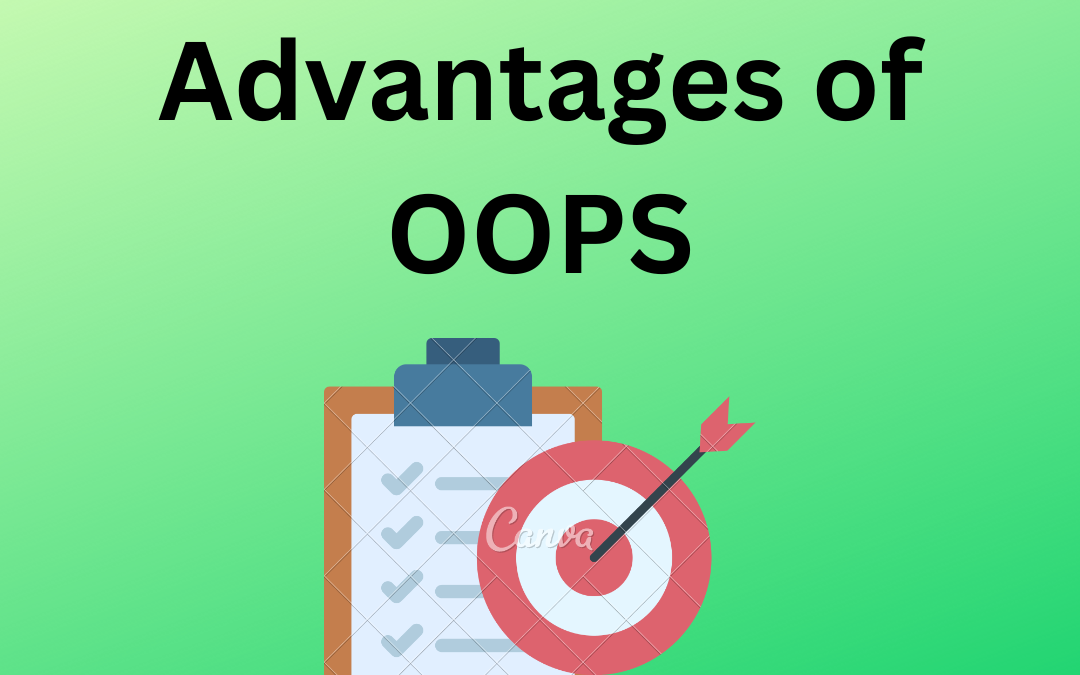- Encapsulation: Hides the implementation details of an object and exposes only the necessary information to the outside world.
- Inheritance: Allows new classes to be derived from existing classes, thereby promoting code reuse.
- Polymorphism: Allows objects of different classes to be treated as objects of a common base class, enabling the use of a single interface to represent multiple types.
- Abstraction: Allows the creation of classes and objects that represent real-world entities and their relationships.
- Modularity: Divides a complex program into smaller, more manageable pieces, making it easier to understand, maintain, and extend.
- Reusability: OOP encourages the reuse of existing code, making it easier to develop new software and reduce development time.
- Scalability: OOP makes it easier to scale a program to handle an increasing amount of work or data.
- Maintainability: OOP makes it easier to maintain and update existing code, as well as to fix bugs.
- Extensibility: OOP makes it easier to add new features to a program without having to change existing code.
- Flexibility: OOP allows for the creation of flexible and adaptable systems that can be easily modified to meet changing requirements.
- Portability: OOP allows for the creation of code that can be easily ported to different platforms and environments
Java training in coimbatore will help students to understand the object-oriented programming in a better way. They will get an understanding of how to write a program using Java. The course also includes a session on how to debug programs written in Java.
what is class in java program?
In Java, a class is a blueprint or template for an object. It defines the properties and methods that an object of that class will have. A class can contain fields (variables) and methods, as well as constructors and other class-level functionality. Objects, also known as instances, are created from a class and can be used to access the fields and methods defined within the class. A class is defined using the “class” keyword, followed by the name of the class.
what is methods in java?
In Java, a method is a block of code that performs a specific task and can be called repeatedly in a program. It is similar to a function in other programming languages. Methods can take parameters as input and return a value or output. They are defined within a class, and can be called on objects of that class. Methods can also be declared as static, which means they can be called without creating an object of the class.
what is Object in java?
In Java, the Object class is the root of the class hierarchy. Every class in Java is a subclass of the Object class, either directly or indirectly. The Object class provides methods such as equals(), hashCode(), toString(), and clone() that are available to all objects in Java. These methods are used to perform common operations on objects, such as testing equality, generating a hash code, and creating a string representation of an object. Additionally, the Object class provides a mechanism for implementing run-time type identification through the getClass() method.

